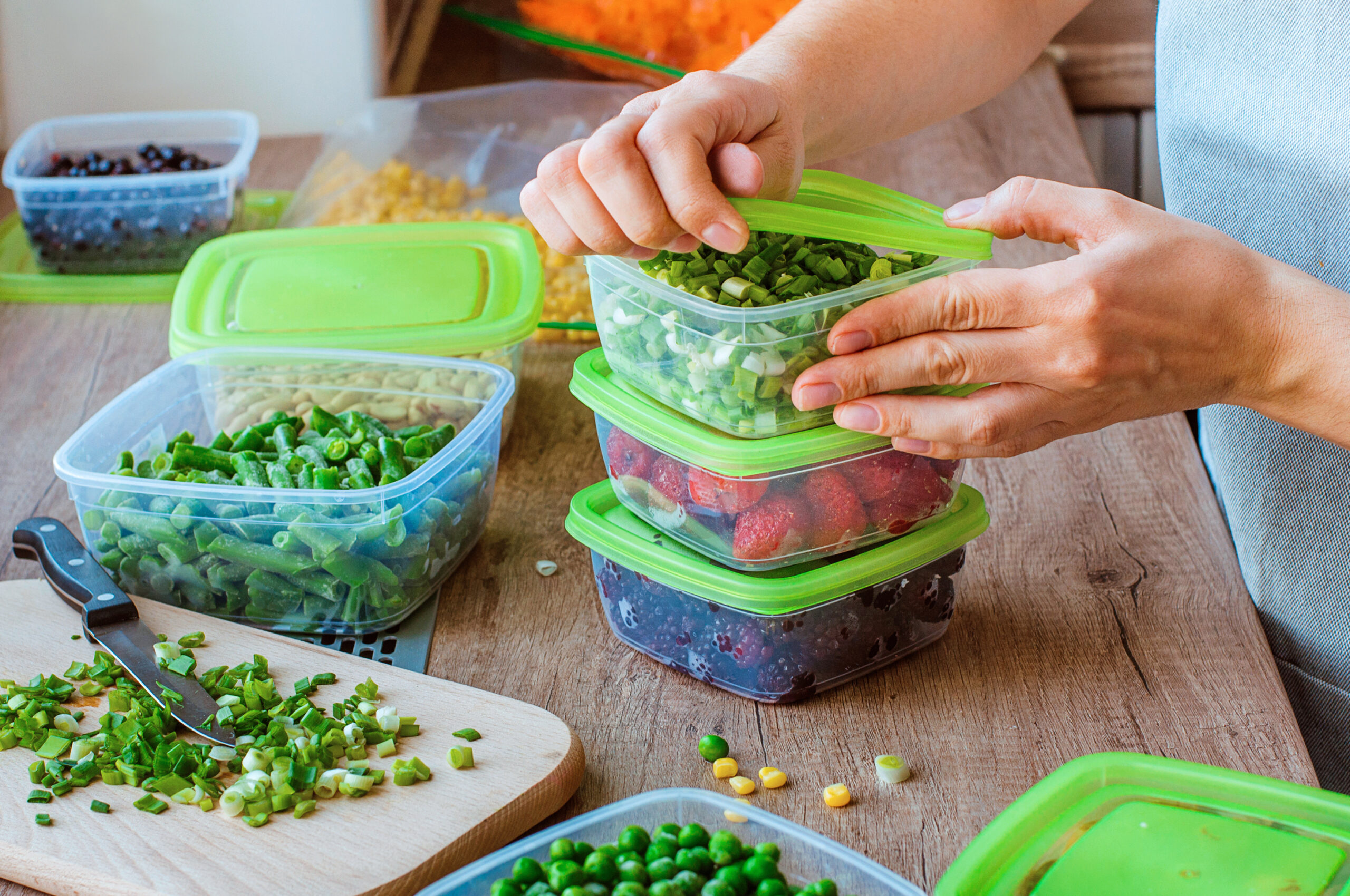How to Make Meal Prep Work for You—and Your Busy Schedule
The concept of prepping meals in advance can be daunting for busy dancers. Add the unspoken pressures of picture-perfect meals from social feeds and you’ve got a recipe for meal-prep avoidance. But meal prep can be a vital tool for balanced nutrition—even for dancers navigating the busiest of schedules.
Meal prep involves planning meals and snacks, along with various foods and ingredients, ahead of time. There is no “right” way to execute meal prep, and what works for you might not be what works for another dancer. For some, prepping involves gathering ingredients or premade convenience options, like prepared foods and packaged snacks.
Others may take a more detailed approach—constructing large portions of home-cooked meals to split throughout the week. Another dancer’s version of meal prep may simply involve pre-portioning packable snack bags. Whichever you prefer, consider these five steps to developing a healthy plan for the week.
Take Inventory
This might be the hardest step, but it is the most important. Carve time to brainstorm what the preparation looks like for you. Aim for a 15-minute window each week—ideally, a time when access to the kitchen is possible—to take inventory of what’s stocked and what needs to be purchased. If you’re up for the challenge, pick a few recipes beforehand. Reusable food-storage containers are also an investment to consider.
Prioritize Your Macronutrients
Since balance is important for your meals and snacks, consider the three macronutrients when deciding upon various components of your soon-to-be-prepped meal. Reliable pantry staples like rice, quinoa, bread and crackers are great options for carbohydrates. Meats, dairy and eggs, along with plant-based alternatives like beans, lentils, nuts and seeds, are protein-rich additions for balanced meals. Don’t forget to take inventory of cooking mediums like oil and/or butter for your third macronutrient (fat), along with any herbs and spices you might like to add.
Cook in Batches
Once you’ve chosen your recipes and gathered your ingredients, set aside time to cook. For many dancers, Sundays and Mondays are often the least busy days and therefore a practical option for meal prep. Start small—simply double your recipes. Consider separating the main components in each dish. For example, prep carbohydrates and store in a separate container from the proteins you prepare. This will help to reduce taste alterations and allow for an easy meal construction later. Preparing larger batches to utilize over the course of a week can also help to reduce food waste and food cost. Another bonus? Your cleanup will be smoother.
Keep It Practical
Frozen produce is a great option for meal prep—with less of a worry about food waste, it can add an economical and nutrient-dense punch to your meals and snacks. Frozen veggies that are precut and prewashed can be easily added to roasted or sautéed dishes, both of which can be refrigerated for several days. Stock versatile frozen produce like peas and carrots, corn, spinach, broccoli, cauliflower, berries and mango. Cooked beans, lentils and chickpeas are other great options that last for several days in the fridge. Root vegetables like potatoes and carrots also last longer than most other veggies when refrigerated.
Seek Support
As with most nutrition-related concerns, reaching out to a registered dietitian nutritionist is encouraged for dancers who might be struggling with the idea of meal prep. Whether you’re having a hard time coordinating or are discouraged over the idea of stocking larger portions, a dietitian can help you reduce the stress in ways that make meal prep effortless and enjoyable.
If you feel stuck eating the same foods out of convenience and are looking to build more balance into your meals, then meal prep might be your ticket to a tastier, more affordable, and even more nourishing performance fuel plan.





